
Search
Category
Area
Season
-
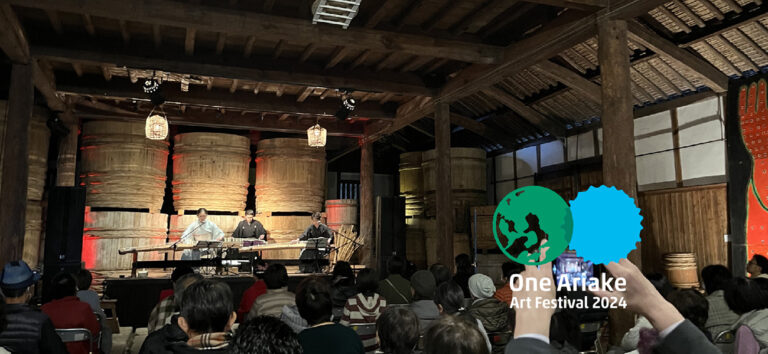
ONE Ariake Art Festival 2024
ONE Ariake Art Festival is an area-based art project in the Ariake Rim area. The aim of the project is to rediscover the charms and challenges of the region and connect the rich culture of Ariake with the importance of living with abundant nature. Many of the projects are nature conservation activities in the Ariake Sea and creative activities for children and people with disabilities.
The theme is “Diversification of Local Resources.” The festival combines the unique culture of the Kankai Ariake region—the art, craftsmanship, sports, food, drinks, and tea that have been cultivated over the generations—to create new experiences, products, and values.
1. ACTIVATE ART+KOGEI: HAGAKURE - Freedom & Passion exhibition
2. ACTIVATE ART+KOGEI: Flowers & Vases + Sake & Sake Vessels + Art from Kyushu exhibition
3. Industrial remnants art and traditional art networks
4. Hizen Hamajuku Autumn Kurakura Festival: Hizen Hamashuku Pickle Store Tazo (Concert + Art + Sake)
5. First international standup paddleboard (SUP) qualifying tournament and parent-child SUP tournament held in Ariake Sea + art (children's art workshop, art for people with disabilities)
6. Ariake Sea round-the-world cycling event
7. Ariake Sea beach clean-up -
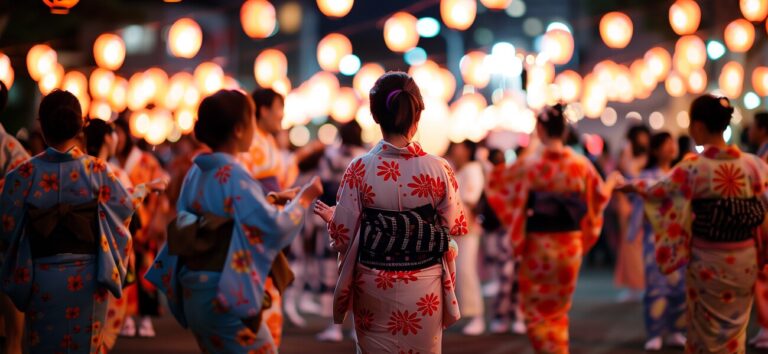
Dance the Traditional Bon Odori in Nagarekawa
Immerse yourself in Japanese festival traditions through Bon Odori dance. This event includes instruction in how to perform the Bon Odori dance, as well as assistance in dressing in a rental yukata, a light kimono that is popular at summer festivals. There will also be a booth where you can write prayers from Hiroshima for world peace on strips of paper. Professional interpreters will be present at the event.
The Hashigo-zake tour and Hiroshima bar district tour will also be available in conjunction with this Bon Odori dance program.
The Hiroshima bar district tour allows participants to enjoy drinking and dining at restaurants around Nagarekawa at discounted rates. A tour-specific map and tickets will be provided to make getting around very easy. Each location has English menus for participants' ease and enjoyment.
The Hashigo-zake tour is a guided tour of the food establishments around the Nagarekawa area. You will be guided through the history and culture of Nagarekawa as you navigate its alleyways and shrines. Enjoy all-new dishes made with local Hiroshima produce with expert guides. -
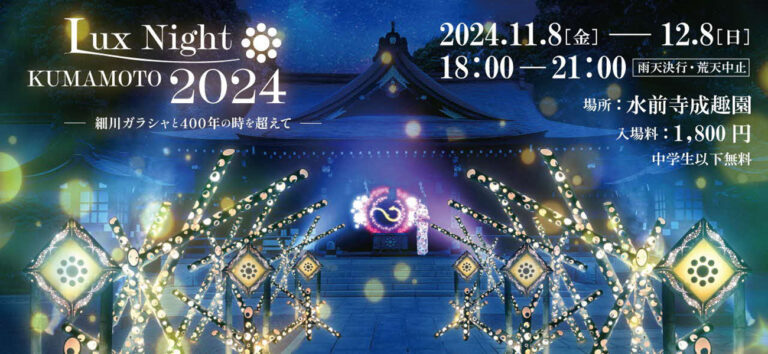
Cinematic HOSOKAWA History & Culture Encounter Higo-Hosokawa culture: Over 400 years of history
"Suizenji Jojuen Garden, one of the top Japanese gardens in Kyushu, will be open at night for a limited time only!
Visitors can experience the unique samurai culture of Kumamoto Prefecture (Higo-Hosokawa culture) while taking in the beautiful autumn foliage and flowers.
- Take part in a tea ceremony in the Kokin-Denju-no-Ma teahouse, an Important Cultural Property built about 400 years ago
- Experience bonseki, the traditional art of depicting natural scenes with sand and stones on a tray
- Try your hand at the traditional Kumamoto goldsmith’s craft of Higo-zogan inlaying
- Try iaido, a samurai martial art using Japanese swords
- Experience Noh theater, a traditional Japanese performing art featuring masks and beautiful costumes
The park will also feature illuminated bamboo groves and art pieces.
Visitors can tour the park while listening to the dedicated audio app and pondering the life of Hosokawa Gracia.
Hosokawa Gracia was the daughter of Akechi Mitsuhide and wife of Hosokawa Tadaoki. She was a famous heroine during Japan’s Sengoku (Warring States) period.
Enjoy history, culture, and Japanese autumn foliage through this fusion of Japanese garden and projection mapping."
-
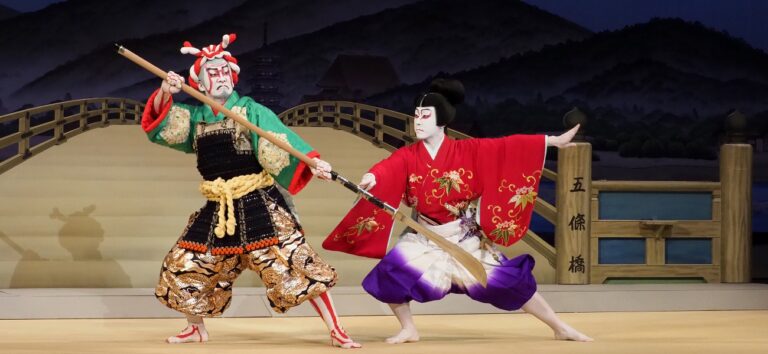
FIRST-TIME KABUKI at Kyoto Station Building
Kabuki is one of Japan's leading forms of traditional theatrical performance. Its origins can be traced back to the early Edo period (early 17th century) when the Kabuki Odori dance was first performed in Kyoto.
First-Time Kabuki is a one-hour kabuki experience and explanation event for all first-time kabuki viewers. It concludes with the performance of a famous scene, set on the Gojo Bridge near Kyoto Station.
Come and enjoy the world of kabuki, a form of Japanese culture that has endured for over 400 years, in Kyoto—the birthplace of Kabuki!
(1) Kyoto Station venue means easy access!
(2) Night shows held daily at 5:30 p.m. and 8 p.m.!
(3) Free rental for audio guides in English, Chinese, and Korean! -
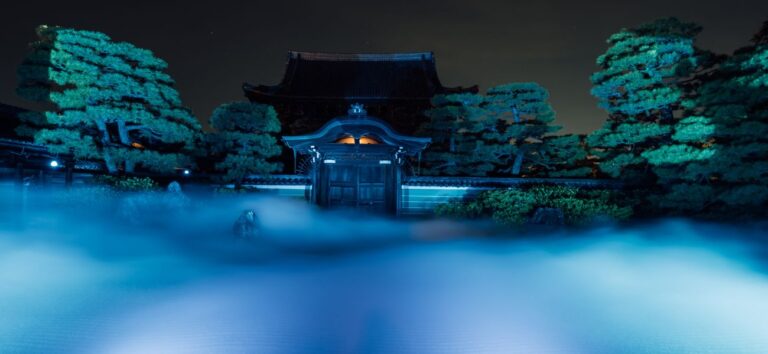
Kenninji Temple, Kyoto: Premium night viewing in the refreshing cool of evening ZEN NIGHT WALK KYOTO
Premium night viewing at Kenninji Temple, the oldest Zen temple in Kyoto
A special nighttime viewing will be held at Kenninji Temple, the oldest Zen temple in Kyoto. During this event, visitors can experience the spirit of Zen by walking through the temple’s corridors while listening to ""neuro-music"" scientifically proven to relax the brain.
Sound Corridors: Neuro-music
Walk through the corridors of Kenninji Temple while listening to ""neuro-music."" This music relaxes the brain, leading to a more mindful state.
Daiyuen Garden - Sokai (Vast ocean)
A sea of clouds appears in Kenninji's dry landscape garden, the Daiyuen Garden, on cool summer nights. This sea of clouds complements the beauty and serenity of the garden as visitors listen to neuro-music.
Twin Dragons & Digital Twin Dragons
Kenninji's iconic Twin Dragons painting, combined with the latest in projection art. Contemporary artist Rei Wakita will use the latest technology to visualize the flow of the dragons’ energy.
Japanese Garden Sound-Art Night Walk
Enjoy art installations of sound and light while touring the corridors of extraordinary Japanese gardens: the Circle-Triangle-Square Garden, the Cho-on-tei Garden, and the Daiyuen Garden.
A truly special evening experience of sound and silence, light and shadow. Experience the fusion of contemporary art and technology while enjoying the history and beauty of Kenninji Temple. -
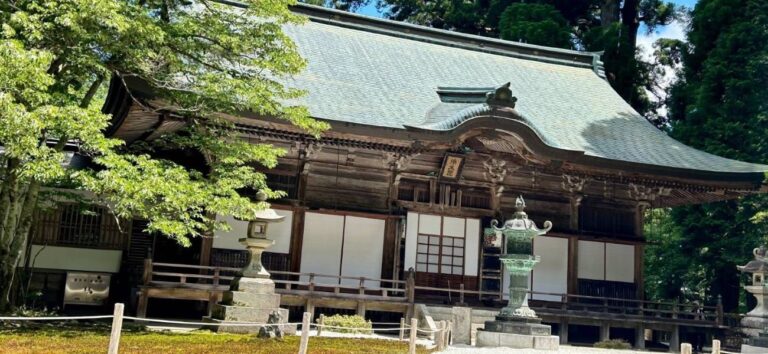
Tailored ascetic training experience at the World Heritage site of Mt. Hiei Enryakuji Temple
Enryakuji Temple on Mt. Hiei is a religious institution that is renowned for producing famous monks, such as Honen and Shinran, from various schools of Japanese Buddhism. Many monks continue to engage in various forms of ascetic practices on the temple grounds.
The experience involves the following:
・ Participants will be guided by the chief priest (the current instructor of monks-in-training) of Enryakuji Temple, one of the most famous Buddhist monasteries in Japan and a World Heritage Site.
・ Each participant will speak with the chief priest, who will ask about their daily thoughts and worries to determine the most suitable training.
・ The training is identical to that practiced by many monks today:
- Circle the mountain in kaihogyo, an ascetic practice that has performed by monks at Mt.Hiei for the past 1100 years
- Practice seated hoto-zazen meditation while visualizing the 1,200-year ""eternal flame of Buddhism""
- Clean the temple grounds and dojo to clear your mind and attain a meditative state
- Recite the name of Amitabha Buddha in Amitabha samadhi, one of the four kinds of samadhi practiced on Mt. Hiei
In contrast to the tourist-oriented training experiences of the past, we offer an authentic training experience in which participants will attain new understanding and insights. -
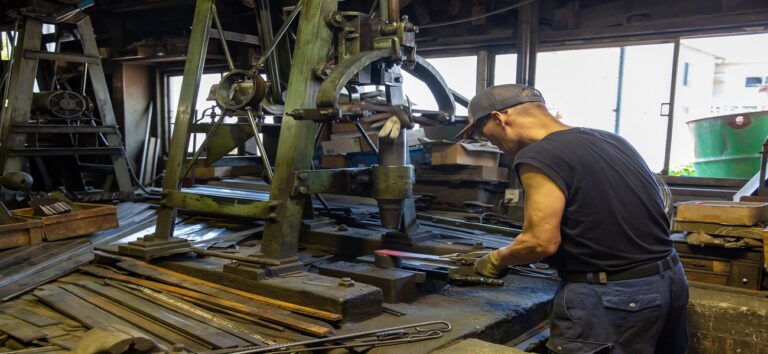
Stay in Echizen and Try Your Hand at Making Hammered Blades and Japanese Umbrellas Under the Instruction of Traditional Artisans
Learn traditional crafts from craftsmen and artisans who have preserved and passed down the traditional industries of Fukui Prefecture's city of Echizen for generations. In this program, you will have the opportunity to make your own one-of-a-kind traditional craft items.
Learn how to make Echizen hammered blades from the artisan Takeshi Saji in a workshop not usually open to the public. Next, the artisan Naganobu Komamoto will teach you how to apply maki-e lacquer decoration to the handle to match the knife made in the workshop.
Artisans will also teach you the meticulous art of making Japanese umbrellas using Echizen washi paper.
Back at your accommodation, you can try your hand at cooking shabu-shabu using renowned Wakasa beef from Fukui Prefecture.
On each part of the tour, you will be accompanied by a professional interpreter.
Private hire cars are also available for transport from the meeting point and the accommodation. -
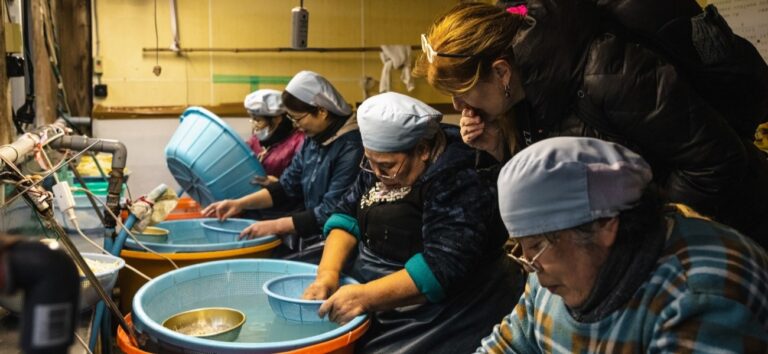
Hokuriku-Echizen Grandmaster Tour
The Hokuriku area is home to a large number of traditional folk crafts, 23 of which are nationally recognized. All have a long history, and have been carefully handed down to the present day.
The Tannan district in the Reihoku area of Fukui is truly unique, with five nationally designated traditional craft centers concentrated within 10 kilometers of each other. One such craft is Echizen washi paper, which has a 1,500-year history and is said to have been used by world-famous painters like Rembrandt and Picasso. Toyama is surrounded by the Tateyama mountain range, which provides easy access to high-quality timber, and many crafts that utilize wood have flourished there. Inami, a town known for sculptures, was recognized as a Japan Heritage site in 2018. Home to 36 traditional folk crafts, Ishikawa is also known as the “kingdom of crafts.” Ishikawa is particularly well known for its 10 traditional crafts specially designated by the Japanese government, and has it produced a remarkable number of artisans who are recognized as Living National Treasures.
Interact with the grandmasters of these nationally designated traditional crafts, whom tourists typically never get the opportunity to meet, and tour their workshops that are usually closed to the public. Enjoy a special dining experience in collaboration with area chefs which showcases local ingredients and makes use of the craft items crafted by these grandmasters. -
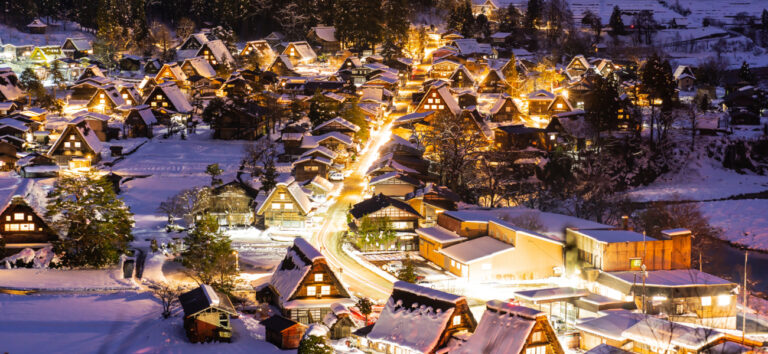
Tour for Luxury Tourists: “The Path of the Craftsman—A Journey Through the Heart of Japan”
This tour is an in-depth experience of traditional Japanese crafts, natural landscapes, and culinary culture unique to various areas. The following unique experiences will be offered in the Aichi, Gifu, and Kyoto Prefectures.
(1) Traditional folk craft experiences
- Ceramic art: Learn from the direct apprentice of a Living National Treasure at the Kobeigama Kiln for an authentic Japanese experience. This activity is exclusive to participants of this tour, and the items can be mailed back to your home countries at a later date.
- Small blade making: Try your hand at making a small blade in a workshop not usually open to the public in Seki, Gifu Prefecture. This experience is also exclusive to participants of this tour, and items can be mailed back to your home countries at a later date.
- Mino-washi papermaking: Learn from an artisan how to make hon-minoshi paper, a method which is registered as an Intangible Cultural Heritage by UNESCO.
(2) Traditional scenery and accommodations
- Tour historical buildings: Visit traditional buildings in places like Gifu Prefecture's Takayama City, Mino City, and Shirakawa-go, as well as Kyoto Prefecture's Kyoto City. Enjoy strolling around and taking photos wearing a kimono.
- Traditional accommodations: Stay in select accommodations in old private homes built more than 130 years ago, or in machiya-style townhouses designated as Important Cultural Properties by the Japanese government. Enjoy an extraordinary experience in a truly special space.
(3) Culinary culture and seasonal produce
- Michelin Guide-listed restaurants: Enjoy dishes made with seasonal local ingredients, such as wild vegetables in spring, ayu (sweetfish) and eel in summer, matsutake mushrooms in fall, and wild game in winter. Accommodations can also be made for vegan or halal dining.
Participants will be accompanied by a guide from the region who is fluent in the participants' language, has extensive knowledge of the area, and who can provide a deeper understanding of Japanese culture. -
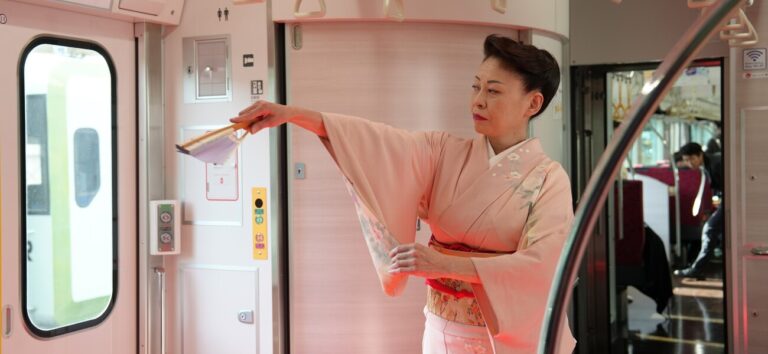
Chikuma City: Geisha Kimono Experience
At the height of the geisha culture that once flourished around Togura-Kamiyamada Onsen, there were more than 400 geisha in the area to entertain travelers.
Even today, a small number of geisha still entertain guests at traditional parties and geisha performances.
This event provides new entertainment value by combining geisha culture with different tourism resources.
The Geisha Train, a geisha dance performance inside a moving train. Special dinners where guests can enjoy local food and sake while experiencing traditional ozashiki (Japanese-style tatami room) parties. Facilities that are normally inaccessible will be opened to the public, and visitors will be able to try on kimono and take a bus tour dressed in kimono.
A large photo shoot will also be held in conjunction with the kimono experience, allowing participants to recreate photographs taken during the heyday of geisha culture, further promoting the culture, and preserving the experience for future generations.
